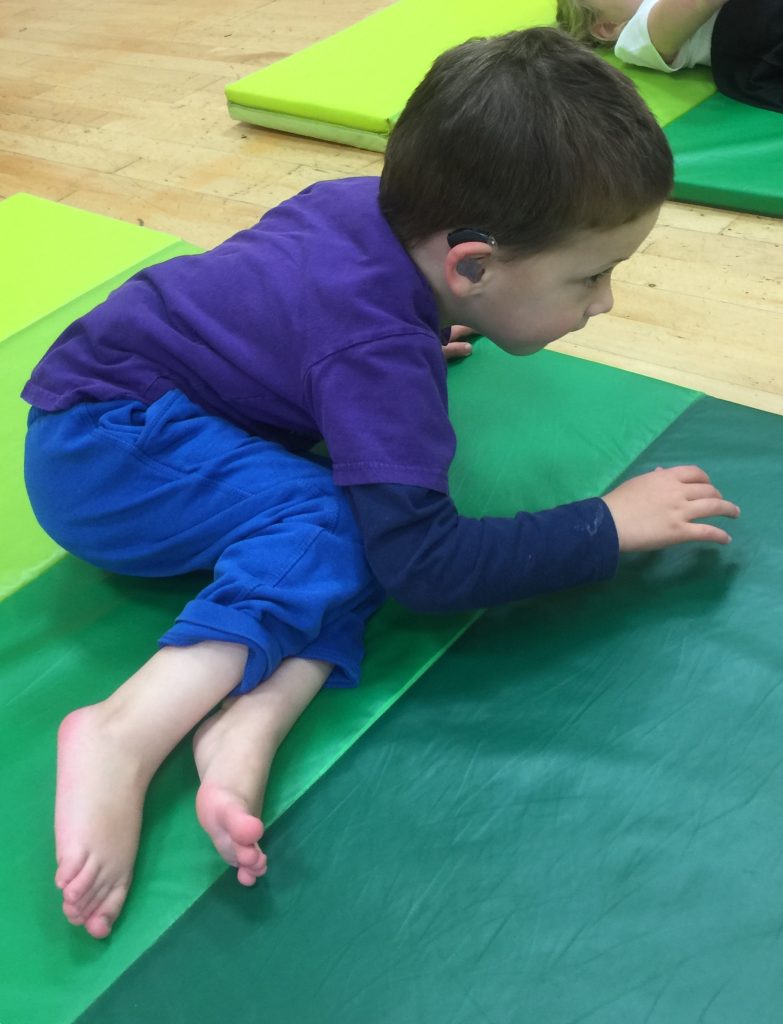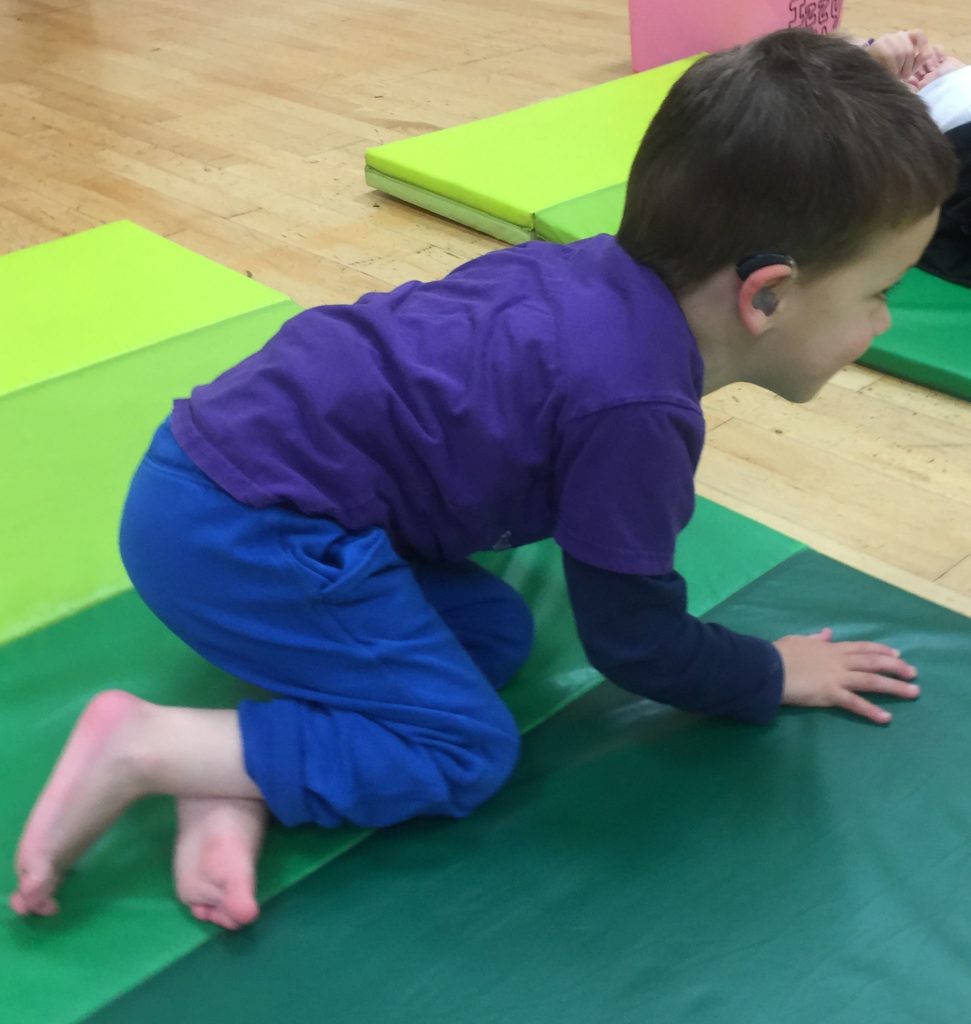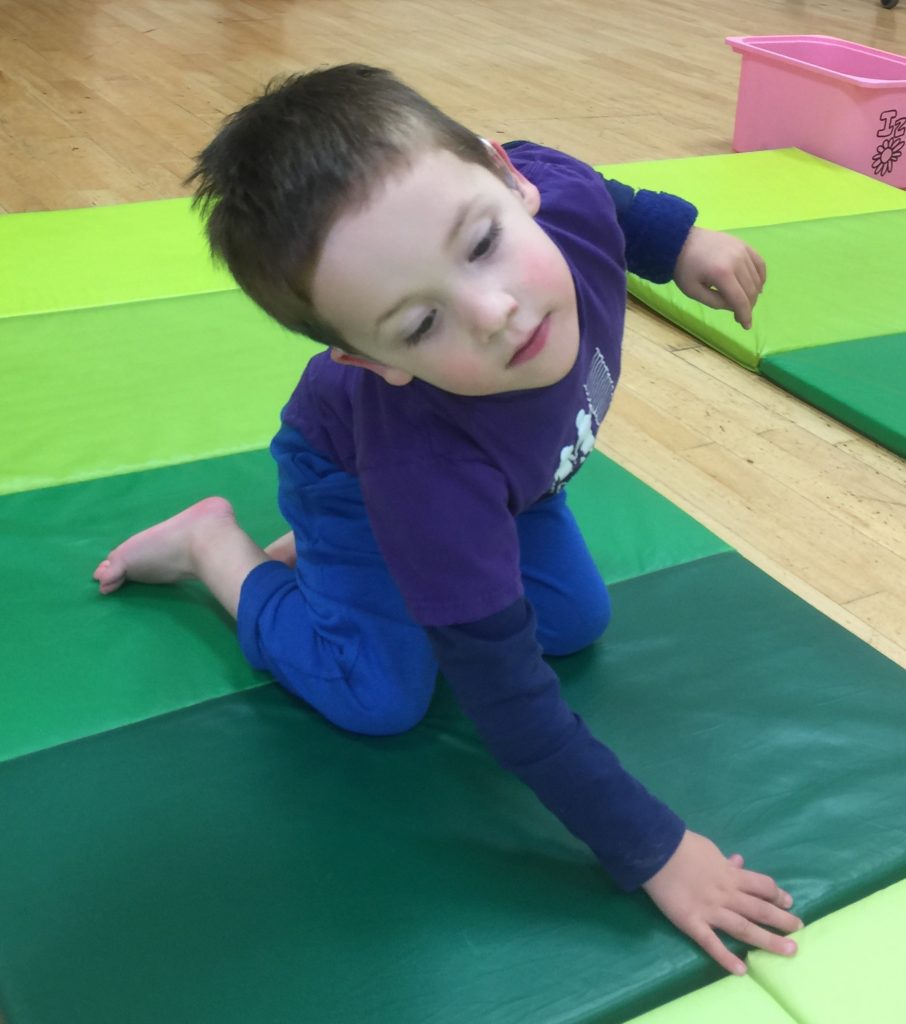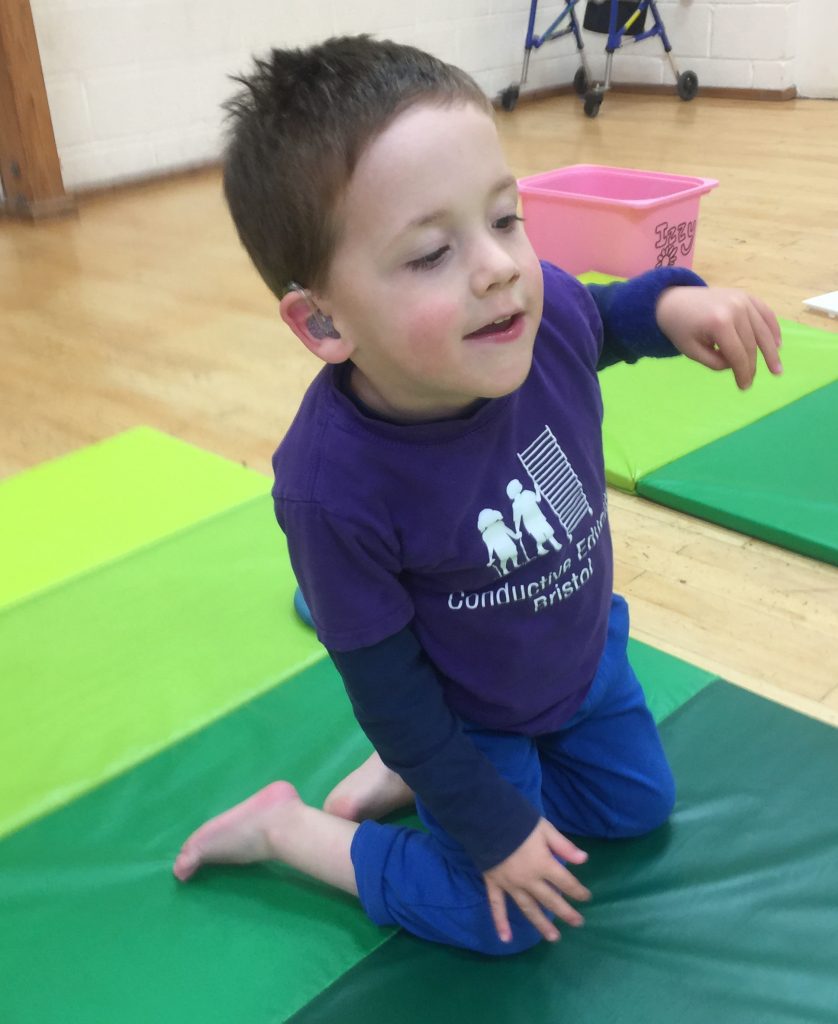Problem solving
How would you describe problem solving?
This would be my definition. Is yours the same?……..
1. Identifying where you want to be / what you want to get…
2. Working out a solution of how to get there using skills you have…
3. Evaulating and adjusting your approach to achieve success…
During task series’ we break down and build up tasks, work on separating and isolating movements, co-ordinating movements and developing balance and weight bearing. We set a rhythm for movement and provide prevention, feedback and purpose to movement.
However without the ability to problem solve using the movements gained; skills can not be transferred across situations and environments.
An example – Here is Sam!
During the lying programme Sam has:
- learnt to roll over
- developed his core strength
- developed head control
- developed extension and strength in both arms
- learnt to control hip flexion / extension
- Worked on putting movements together to move from lying to sitting, sitting to kneeling and kneeling to high kneeling
Motivating play activites within our sessions enable development of problem solving and transferrence of skills. For a young child such as Sam, play and social interaction give purpose to movement and a reason to try.
In this example – an opportunity to race a remote control car around the room – crashing into or avoiding cones depending on your race style!! How does Sam show problem solving skills? Staff begin setting up the race circuit and getting the car ready while telling the children they will be racing the car in a high kneeling position from the end of their mat.
Sams response “I’m on my way! Lets race!”




“If a child is able to solve problems on their own, they will be happier, more confident and more independent; they will not feel frustrated or disheartened in their inefficiency. This is why it is important we begin teaching children problem solving skills from an early age.” Kumon 2020
